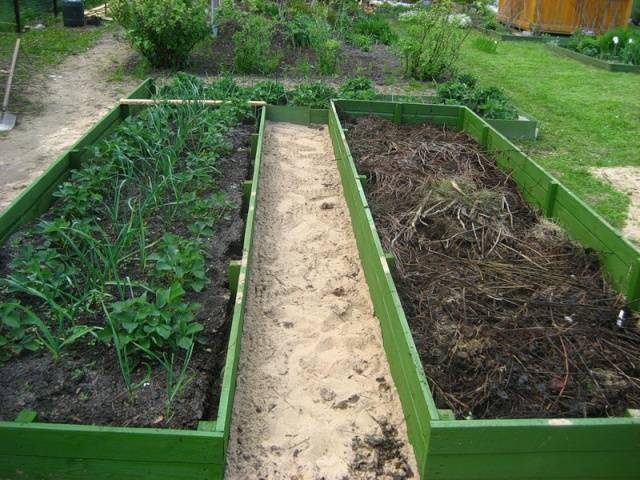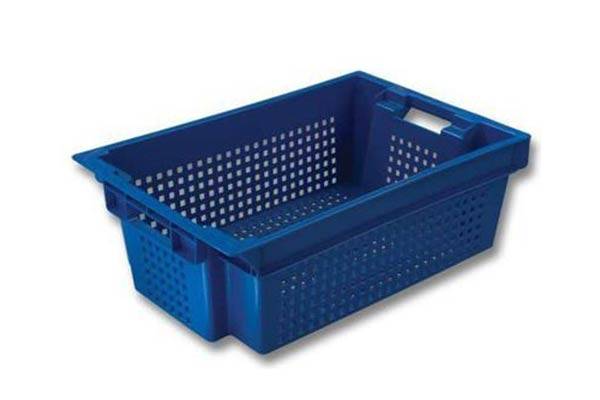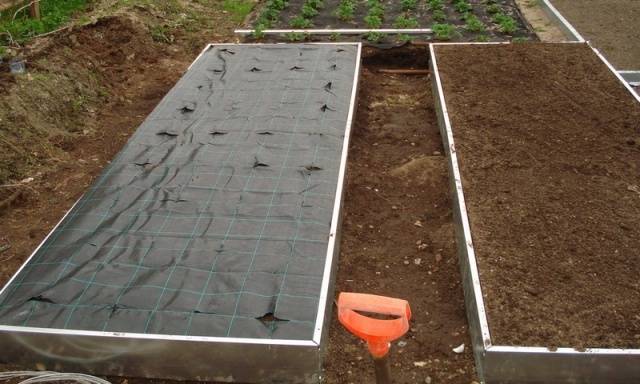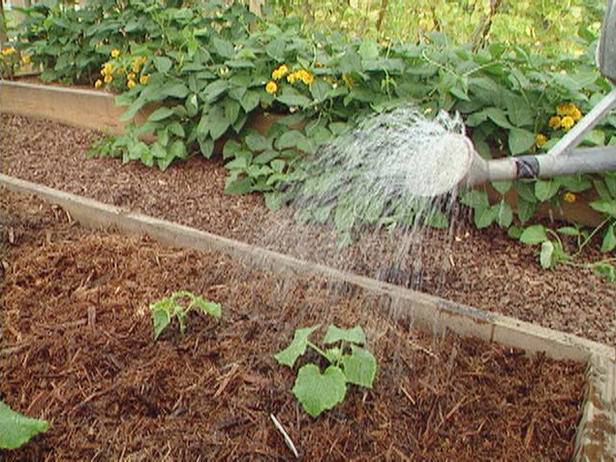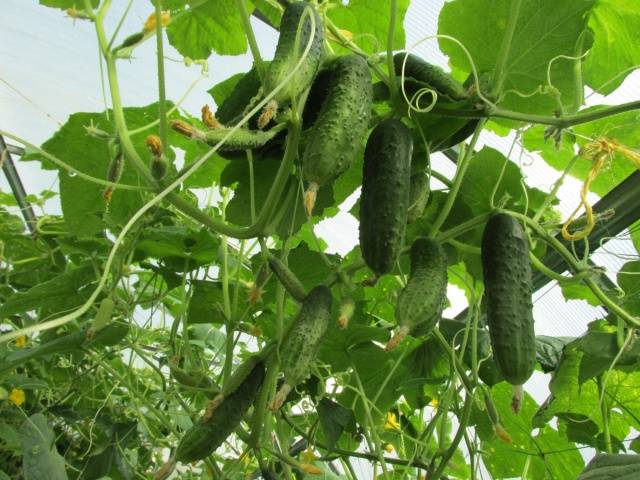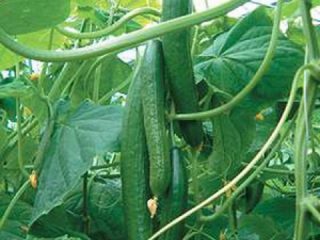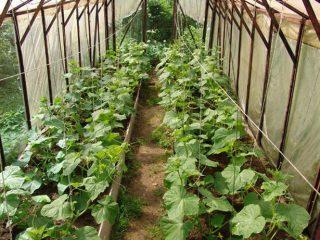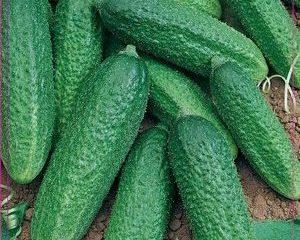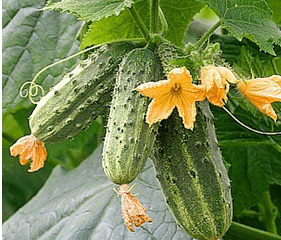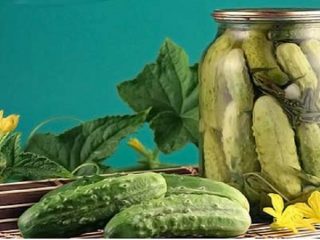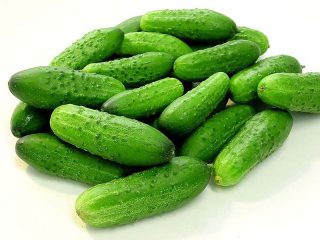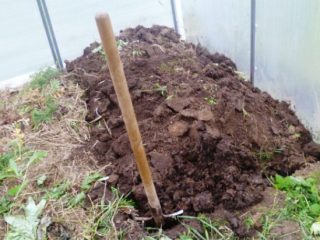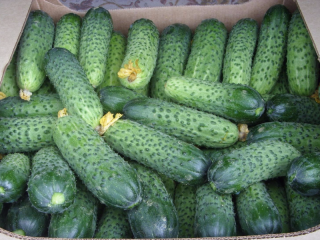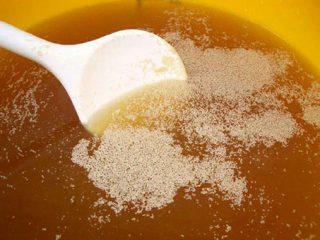Oh, how delicious the first spring cucumbers are! Unfortunately, for some reason, not all lovers of spring salads know how to grow cucumbers without a greenhouse and greenhouse at the very beginning of summer. Before starting this business, it is advisable to study the theory a little. At least imagine what cucumbers like and don’t like.
So, almost all varieties of cucumbers prefer fertile, humus-rich, neutral or slightly acidic (pH 5-6), fairly warm (15-16°C) and moist (80-85%) soil. Similar requirements for air: high humidity (85-90%) and temperature from 20°C.
But cucumbers don’t like very many things. They do not like poor, dense, acidic soils. They get cold from watering with water with a temperature below 20°C, sudden changes in day and night temperatures, drafts, cold nights with a temperature below 12-16°C. During the day, they do not like temperatures above 32°C, at which plant development stops. If the thermometer shows 36-38°C, then pollination will stop. A decrease in air temperature to 3-4°C for one and a half to two weeks leads not only to a cessation of growth, but also to a severe weakening of plants, which can lead to the development of diseases. Like all pumpkin plants, cucumbers have a weak root system with a reduced regeneration rate.Therefore, any weeding causes a slowdown in development; replanting is simply undesirable for them.
Siberian way of growing cucumbers
The bed is being prepared in the fall. A small trench is dug 30-40 cm wide and 30 cm deep.
The length depends on the capabilities and needs of the owner at the rate of 30 cm per cucumber. We prepare a bucket of good fertile soil for seedlings. Around mid-April, we soak the seeds and prepare the soil in sour cream cups. The start dates for this work are individual for each region. For ease of transportation, it is a good idea to install cups in vegetable drawers. Such boxes are not in short supply in stalls and grocery stores.
The hatched seeds are planted one at a time in cups and regularly watered with warm water. It is advisable to take the seedlings out into the fresh air every day, to the sunny side for hardening.
When you can already walk around the garden, line the bottom of the bed prepared in the fall with polyethylene. Then we also cover the entire bed tightly with plastic film on top so that the earth warms up better and faster. In sunny weather this happens quite quickly. Now you need to remove the film and fill the bed with humus mixed with dry leaves or grass, trample it well, water it with warm water and cover it again with polyethylene.
The use of heat storage devices during this period has a very good effect. They can be dark plastic beer and juice bottles filled with water, which are evenly laid out along the length of the bed. In sunny weather, they warm up quickly and well, releasing the accumulated heat at night.
When the weather is favorable for plant development (what cucumbers love is written above), we fill the trench with soil and begin planting seedlings. To do this, water the soil in the cups well, squeeze and carefully remove the lump of soil with the roots of the plant. We plant the cucumber in the hole, being careful not to damage the roots. Water the garden bed thoroughly, mulch its humus and last year's leaves.
There is another method of transplantation. Plants in cups are not watered for several days. When the soil dries, it comes out easily without damaging the roots. Such a dried lump of soil should be planted in a well-watered hole.
Place the dark bottles of water that were previously lying in the garden bed vertically and cover them with film. From below the plant is warmed by rotting foliage, from above temperature fluctuations are smoothed out by bottles of water. Once stable daytime temperatures of 18-20 degrees are reached and there is no threat of frost, the plastic film can be removed. Watering cucumbers should be done only with warm water. In more or less stable weather, such a bed can please the owner with the first cucumbers at the very beginning of summer.
Another way to grow cucumbers without using seedlings
To do this you will need:
- plastic bucket with a volume of 3-8 liters;
- an ordinary spiral from an electric stove;
- 4 screws 15 - 20 mm long with a diameter of 4 mm;
- 16 washers;
- 8 nuts.
We cut the spiral into three equal parts, drill holes for the screws, and then fix the spiral segments as shown in the photo. Then fill the bottom of the bucket with plaster, mixed to the consistency of sour cream, at least 1 cm above the spiral. After the plaster has set, place a plastic bag on it and pour small pebbles in a layer 2-3 cm thick.We lay cardboard on top of the pebbles, and a 3 cm layer of peat on it (the larger the bucket, the more peat you can lay). Fill the bucket with soil, not reaching 1-2 cm to the edge.
We divide the surface of the earth in the bucket into 4 sectors, in each we make a hole for the seeds, where you can add fertilizer.
Some gardeners claim that seeds placed on their edges germinate better.
Place plastic cups on top of the places where the seeds are planted. We choose a place for the bucket not far from the window and turn on the heating. Using a thermostat, set the soil temperature to no more than 20 degrees.
After the plants feel cramped in the plastic cups, we strengthen a stick in the center of the bucket, secure the shoots to it and cover it with film on top. Under favorable conditions, we take the bucket with the plants outside without turning off the heating. For most varieties, about a month and a half passes from the emergence of seedlings to the first cucumbers. Having planted seeds for cultivation in mid-April, in early June you will already be able to taste the fruits of your labors!
